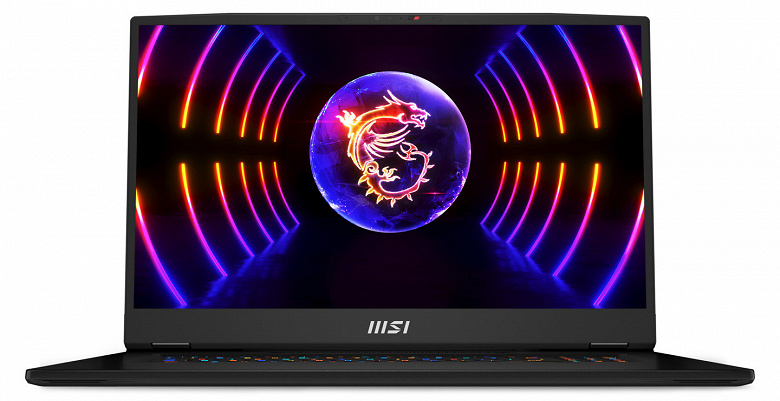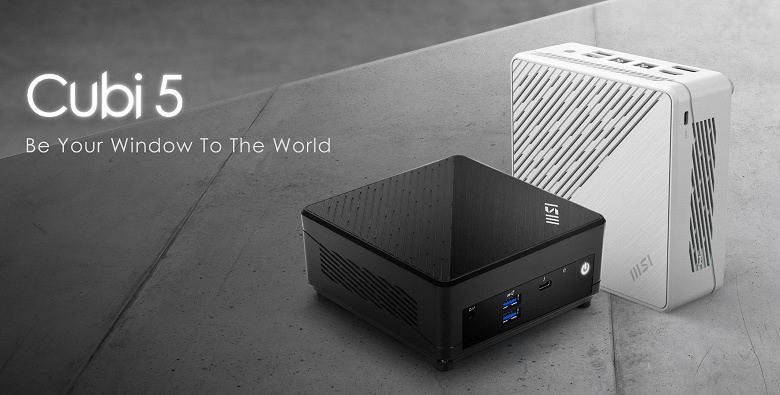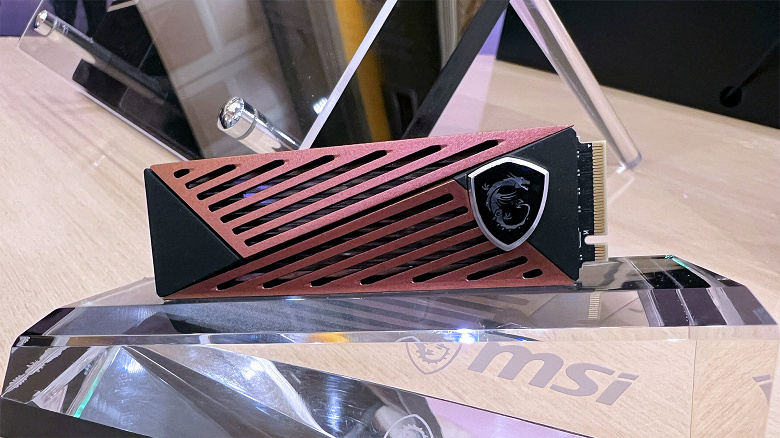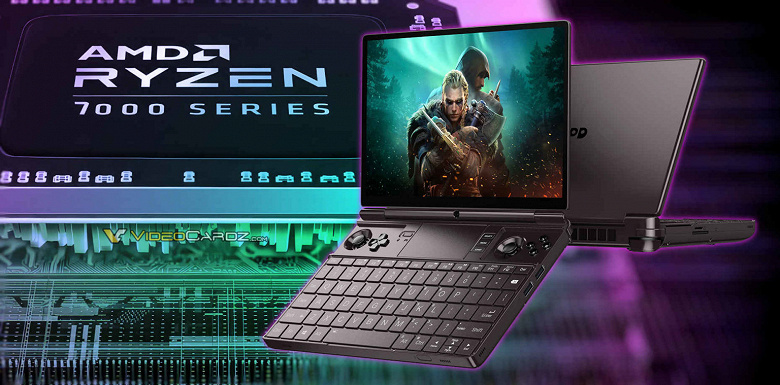MSI unveils its own versions of the Radeon RX 6700 XT in Gaming and Mech 2X versions
MSI has unveiled five options for the Radeon RX 6700 XT graphics accelerator: two versions of Gaming, two versions of Mech 2X, and one card in a reference design from AMD. All new items received a relatively compact two-fan cooling system.










